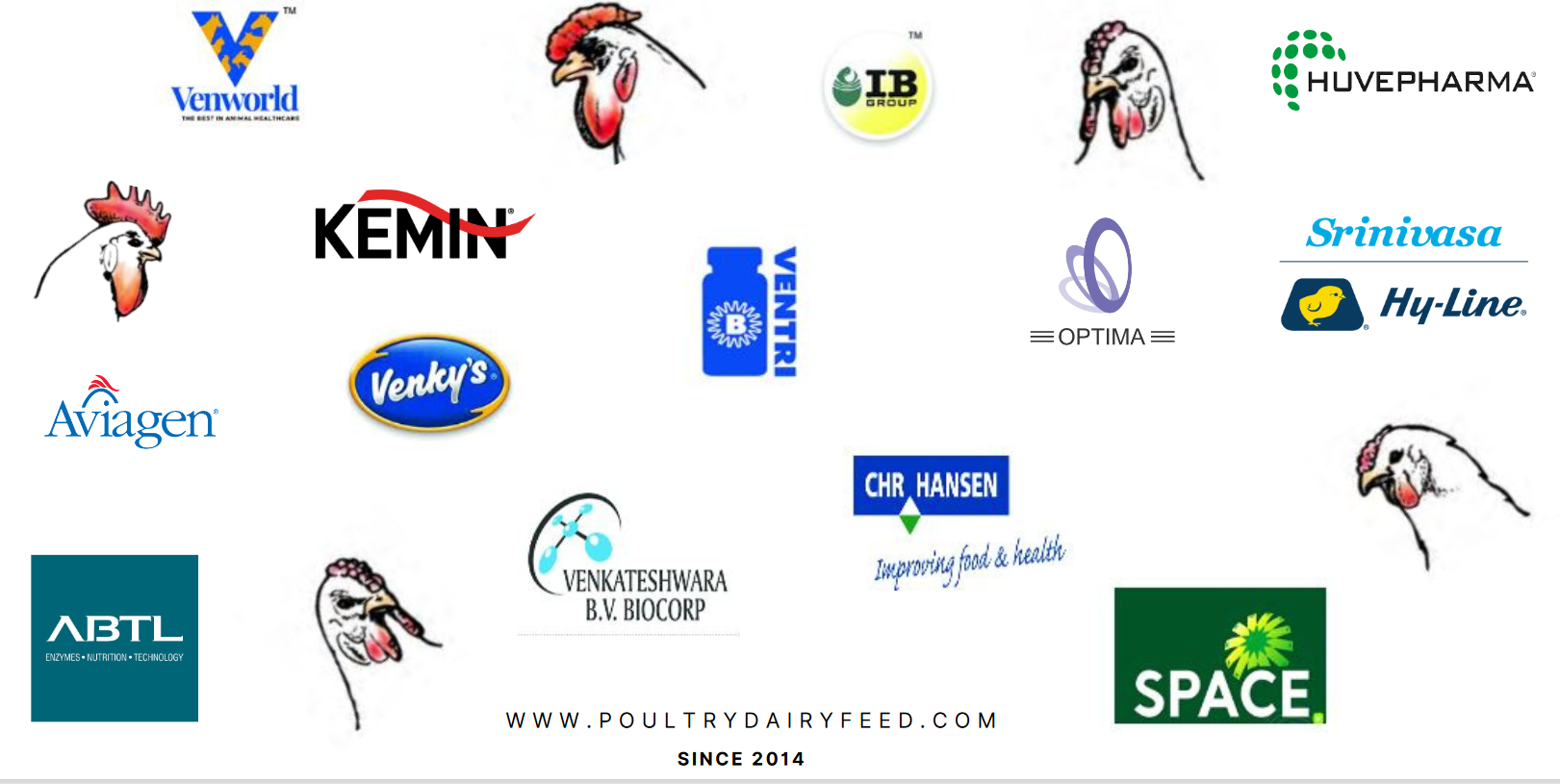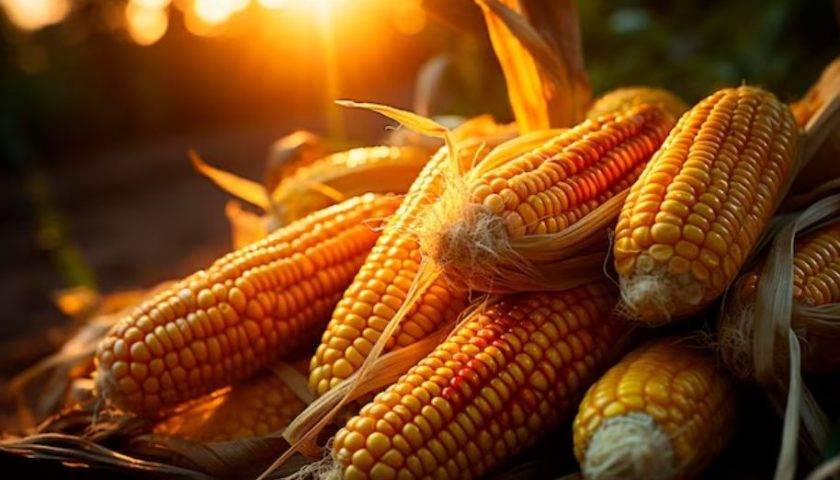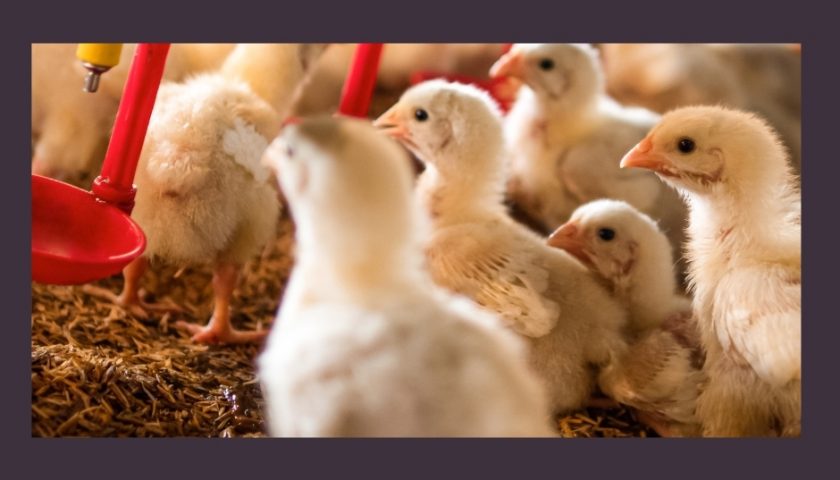An open access peer-reviewed chapter from www.intechopen.com discusses application of natural parasites of bacteria, bacteriophages (phages), as a promising biological control for Salmonella in poultry and swine. Many studies have shown phages can be applied at different points from farm-to-fork, from pre to post slaughter, to control the spread of Salmonella in the food chain. Pre-slaughter applications include administering phages via oral savage, in drinking water and in feed. Post slaughter applications include adding phages to carcasses and during packaging of meat products. The research discussed by the authors, demonstrates a set of promising data that relate to the ability of phages to reduce Salmonella colonisation and abundance. Collectively the studies support the viability of phage as antimicrobial prophylactics and therapeutics to prevent and control Salmonella in the food chain.
Globally, dominant Salmonella serovars display a distribution pattern in pigs and poultry reflective of each industry. The global diversity of Salmonella spp. within pig and poultry production constitutes a significant source of disease for humans and animals alike. Controlling Salmonella requires intervention strategies capable of implementation at the national/international level. One such strategy is the targeted application of natural bacterial predators, bacteriophages (phages). Over the last decade, a robust body of evidence has demonstrated that phages can be applied at various points from farm-to-fork for pathogen control
Phages are viruses that specifically infect and kill bacteria and with few reported side-effects in humans and animals. Phages are the most abundant biological entity on Earth, with estimated numbers ten times greater than bacterial cells.
Studies have done on use of phages, pre- and post-slaughter to reduce Salmonella numbers in chickens and pigs and varying levels of success in reducing Salmonella in challenge models, but with each study, valuable information is gained on phage dose, route of administration and resistance. The study was conducted by Anisha M. Thanki, Steve Hooton, Adriano M. Gigante, Robert J. Atterbury and Martha R.J. Clokie.





